
1. Introduction: The Challenge of Pest Control in Cold Regions
When it comes to pest control, most people think about the warm months when pests are most active. However, pest control in cold regions presents a unique set of challenges that require specialized approaches. The cold weather not only affects the behavior of pests but also the methods used to prevent and eliminate them. In this article, we will explore how pest control differs in cold regions, the strategies used for managing pests during winter, and what homeowners should do to keep their homes pest-free during the colder months.
2. The Impact of Cold Weather on Pest Activity
Cold weather drastically changes the behavior and survival strategies of pests. While many pests may become dormant or reduce their activity during winter, others adapt and continue to thrive in cold climates. Understanding how pests react to cold weather is key to managing them effectively. Below are some ways cold weather impacts pest behavior:
2.1. Hibernation and Dormancy
Many pests, such as insects, enter a state of dormancy or hibernation during the colder months. This means they become less active and may even hide in cracks, crevices, or basements of homes. Although they may not be as visible, they are still present and can cause damage to property if not addressed early.
2.2. Seeking Shelter
As temperatures drop, pests like rodents, ants, and spiders look for warmer places to nest. Homes provide an ideal shelter, as they offer warmth and food sources. These pests are often drawn to attics, basements, and wall cavities. It's important to secure any entry points in your home to prevent them from making their way inside.
2.3. Reduced Effectiveness of Traditional Pest Control
In cold regions, traditional pest control methods such as sprays and traps may be less effective due to the behavior of pests in cold temperatures. For example, pesticides may not work as efficiently in the winter, and certain traps may be less successful when pests are inactive. This means that pest control strategies need to be adjusted for cold weather.
3. Effective Pest Control Strategies in Cold Regions
To effectively manage pests in cold regions, pest control methods need to be adapted to the unique challenges of winter. Here are some strategies to consider:
3.1. Seal Entry Points
The first step in preventing pests from entering your home during the colder months is to seal all entry points. This includes inspecting windows, doors, vents, and any cracks or gaps in walls. Even small openings can allow pests to enter. Use weatherstripping and caulking to close these gaps and prevent rodents and insects from getting inside.
3.2. Rodent Control and Prevention
Rodents, such as mice and rats, are particularly problematic during winter months. They seek warmth and food in homes, often chewing on wires, insulation, and even furniture. To prevent a rodent infestation, set traps, and use rodent deterrents. Consider consulting with a pest control expert to address any active infestations before they spread.
3.3. Use Winter-Specific Pesticides
During colder months, pests like ants and cockroaches may seek shelter indoors. While traditional pesticides may be less effective, there are winter-specific treatments available. These products are designed to target pests that are more likely to be active indoors during the winter and can provide long-term protection against pests like termites, spiders, and ants.
3.4. Regular Inspection
Regularly inspecting your home is crucial for identifying potential pest problems before they become larger issues. Inspect areas such as the attic, basement, and garage, as these are common entry points for pests. Pay attention to signs of rodent droppings, chew marks, and nests, as these are all indicators of pest activity.
3.5. Pest Control Services
In cold regions, it’s often beneficial to hire a professional pest control service to handle pest problems. These experts have the experience and tools needed to tackle winter-specific pest issues. They can help you implement the right pest control strategies for your area, including seasonal treatments and ongoing prevention.
4. Common Winter Pests in Cold Regions
While different regions experience different pests, some of the most common winter pests in cold areas include:
4.1. Rodents
Rodents like mice and rats are one of the most common pests during winter. They are especially attracted to the warmth of homes, making it essential to take preventative measures to keep them out.
4.2. Spiders
Spiders tend to seek shelter indoors during the colder months. While they are not typically dangerous, they can become a nuisance if they infest areas like basements and attics.
4.3. Cockroaches
Cockroaches are resilient pests that can survive in cold weather by finding warmth inside homes. They are attracted to food sources and moisture, which makes kitchens and bathrooms prime areas for infestations.
4.4. Ants
Some species of ants may continue to be active during winter and may seek shelter indoors. It’s important to address any ant infestations early to prevent them from spreading throughout your home.
5. Conclusion: Winter Pest Control Requires Proactive Measures
In cold regions, pest control is an ongoing process that requires proactive measures. By sealing entry points, using winter-specific pesticides, and regularly inspecting your home, you can effectively manage pests during the colder months. It’s important to stay vigilant, as pests like rodents, cockroaches, and spiders are all too eager to find shelter inside your home. For the best results, consider consulting with a professional pest control service in your area to ensure your home remains pest-free during winter.
Looking for expert pest control solutions? Visit PestControlHub for the best pest prevention products and services in your area.


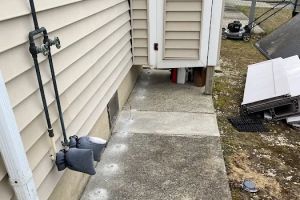
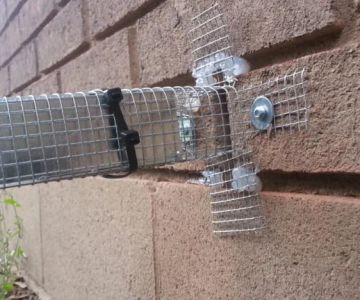



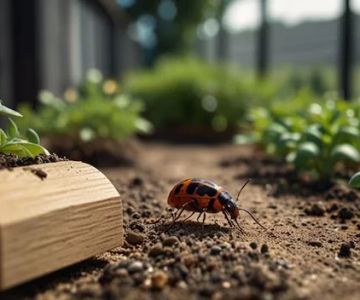
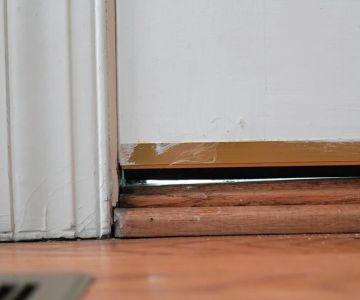
 Debug Pest Control5.0 (228 reviews)
Debug Pest Control5.0 (228 reviews)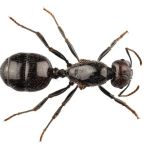 MRC Pest Control5.0 (6 reviews)
MRC Pest Control5.0 (6 reviews) Pest Control Unlimited LLC4.0 (7 reviews)
Pest Control Unlimited LLC4.0 (7 reviews) Mosquito Shield of North Atlanta5.0 (71 reviews)
Mosquito Shield of North Atlanta5.0 (71 reviews) Orkin4.0 (1581 reviews)
Orkin4.0 (1581 reviews) Next Generation Pest Control LLC4.0 (90 reviews)
Next Generation Pest Control LLC4.0 (90 reviews) How to Prevent Pest Infestations in Flower Beds: Expert Tips for Healthy Gardens
How to Prevent Pest Infestations in Flower Beds: Expert Tips for Healthy Gardens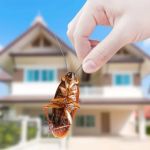 How to Control Pests During Remodeling Projects: Essential Tips for Homeowners
How to Control Pests During Remodeling Projects: Essential Tips for Homeowners How to Deal With Pest Issues Near Pools
How to Deal With Pest Issues Near Pools How to Keep Termites from Entering Through the Foundation – Proven Protection Methods
How to Keep Termites from Entering Through the Foundation – Proven Protection Methods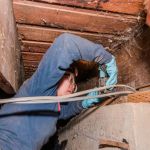 How to Use Smoke Tests to Reveal Pest Entry Points – A Simple Guide
How to Use Smoke Tests to Reveal Pest Entry Points – A Simple Guide How to Safely Relocate Wildlife (Skunks, Opossums, Birds): A Comprehensive Guide
How to Safely Relocate Wildlife (Skunks, Opossums, Birds): A Comprehensive Guide